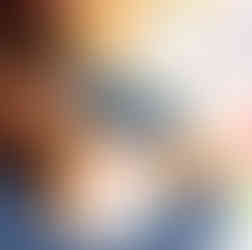M.C. Escher
- Serene
- Dec 13, 2022
- 2 min read
Maurits Cornelis Escher
1898 1972 Netherlands

M.C. Escher was a visionary Dutch graphic artist known for his detailed realistic prints that achieve bizarre optical and conceptual effects. He eclipsed the boundaries between art and science by combining complicated mathematics with precise draftsmanship and an eye for capturing multi dimensions combining realism and fantasy.
He was the youngest of five boys and was raised by his father, George Escher, a civil engineer, and his father’s second wife, Sarah Gleichman. He was a sickly and creative child drawn to music, design and carpentry. He disliked school and failed several of his final exams and did not complete his high-school education. From 1919 to 1922 Escher studied at the School for Architecture and Decorative Arts in Haarlem, Netherlands, where he developed an interest in graphics and woodcuts. He spent a number of years traveling and sketching throughout Europe and settled in Italy from 1922 to 1935 where he married and had a family.
He is most famous for his 'impossible constructions', images which utilize mathematical shapes, architecture, and perspective to create a visual enigma, but he also produced subtle and original work drawing inspiration from the Italian landscape. Working in lithography, wood engraving, and woodcut, he portrayed with great technical virtuosity impossible architectural spaces and unexpected metamorphoses of one object into another. Known as the “father of modern tessellations,” he commonly used geometric grids to form intricate interlocking designs inspired by Moorish tiles.
Escher’s mature style emerged after 1937 in a series of prints that combined meticulous realism with enigmatic optical illusions. In all, Escher composed some 450 lithographs, woodcuts, and wood engravings and about 2,000 drawings and sketches in his lifetime.
Revered by scholars, architects and mathematicians, the artist who created some of the most memorable images of the 20th century was never fully embraced by the art world. He was 70 years old before a retrospective of his work was exhibited in his native Netherlands. His work is still widely reproduced, and his imagery serves as a source of inspiration in various fields of popular culture, in numerous album covers, books, films, video games, computer games and posters.
Although Escher did not have mathematical training – his understanding of mathematics was largely visual and intuitive – his art had a strong mathematical component, and several of the worlds that he drew were built around impossible objects.
ABERNETHY CLASSES
Using oil pastels, the class created their version
of one of Escher's lesser-known landscape prints. It is a multi-layered scene of a Koi fish swimming in a pond with recently fallen leaves floating on the surface and reflections of barren trees on the water's edge. I think that you will agree that they captured the complexity and essence beautifully.











































Comments